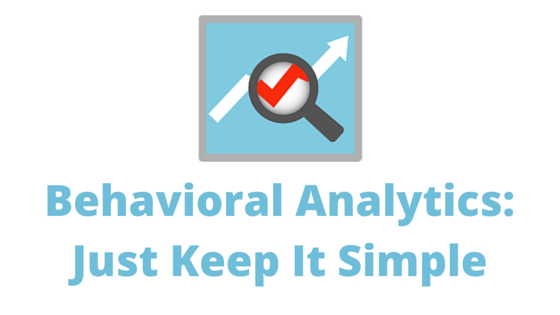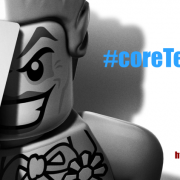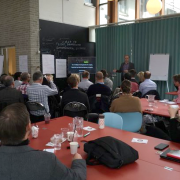Behavioral Analytics: Just Keep It Simple
Today’s guest post is from Marianna Yanike Graf.
Behavioral Analytics
Summary: Behavioral analytics is the process of systematically sorting through data to uncover patterns of user behavior in order to gain an insight into user decision making. The better you understand your user, the better your company is at catering to your user’s needs and at anticipating them. So, how do you make sense of human behavior? Just keep it simple.
Know Your User to Optimize the Present and Shape the Future
Behavioral analytics deals with understanding patterns of user behavior. Nowadays we have access to a wealth of human data. Computing resources allow us to sort through it in a systematic way in order to gain understanding of human behavior. Any company, large or small, wants to use this knowledge to deliver the most optimal interactions with its users and make meaningful predictions about the future.
Of course, what is considered optimal is unique to each company. Optimal is often equated to individualized. If you know your user, you can do many things to tailor your products or services to this user. For example, you can optimize the design of your website to deliver the most relevant and timely information to your user (e.g. Amazon shopping card or Google Ads). Ultimately, though, you want to be proactive at communicating with your user. You want to predict, for example, when a next marketing campaign will be the most effective. You want to stop guessing and start making informed decisions.
The accuracy of such decisions will depend greatly on how well you lay out the process starting from collecting data, analyzing them and eventually drawing conclusions from them. For rapidly growing businesses operating in an ever-changing environment, this can be a challenging task. How do you make predictions? How far into the future? Also, human behavior tends to be irrational in general. Often our behavior is not driven by logic alone. So how do you analyze complex beings in an ever-changing environment? By keeping it simple. By asking specific questions, by finding simple answers and by doing it often.
Define Your Problem and Ask Specific Questions
When it comes to looking for answers, the most important part is formulating your question right. You can always find a data scientist to apply the most rigorous model to your data. However, if the question is ill posed, the answers will not be useful. Make sure you know what your users want, as opposed to what you think they want. For example, you want to figure out the best time to send out marketing updates to your users. Either you ask your users directly, or you test a few options by selecting a representative user subset and seeing how they react to the same updates sent out at different times. In other words, if you want to know X (best time for updates), change Y (time: beginning/end of the week; weekly/biweekly) and evaluate outcomes. Essentially, it’s about keeping it simple. First define a problem, then formulate a question and think of possible answers. Keeping it simple doesn’t mean that you have to ask only one question. Quite the contrary, try to formulate many specific questions and find simple solutions for each one of them.
Find a Simple Solution
Once you have formulated your problem, you need to decide the best way to address it. While it may seem like a logical approach, analyzing all data with a complicated model will not necessarily give you the most accurate answers. Why? Well, it’s like looking for a needle in a haystack. You are better off breaking down the haystack into many small ones and looking through each one individually. You are even better off if you can find the ones that are most likely to contain the needle. Big data are complex, capturing many dimensions and patterns, and yet often biased and incomplete. So overreliance on data analysis alone can produce complicated answers devoid of reality. Your logic and intuition are very useful for guiding you towards the simplest solution. For example, you want to create a new marketing campaign and tailor it to different users. Typically we think of demographics (e.g. age, gender, social platform preferences). But, you can also think about the timeline of how you have acquired those users (e.g. cohort analysis).
Do it Often
Probably the most important reason to use behavioral analytics in the first place is to make informed decisions about the future. Predicting the future, though, is challenging because all we can do is look into the past. Nowadays businesses operate in a fast paced environment and the dynamics of user interaction and/or needs can evolve or shift rapidly. When it comes to making predictions under such conditions, doing it often (frequently) is a reasonable approach. Why? Many models tend to train themselves on data to extract trends and make future projections. To accommodate for the fast dynamics of your business, you constantly go through a cycle of formulating a problem, collecting data, and making an informed decision to resolve it. Every time a change is implemented, user behavioral patterns can change too and the data become biased by the change. That is why time is an important factor. The dynamics of your business operations will determine how often you should forecast.
Marianna Yanike Graf is a research scientist with strong interest in behavioral analytics.
In addition, Marianna is also a brain decoder, data-artist, art-constructor and an Expert In Residence @ BootstrapLabs.






